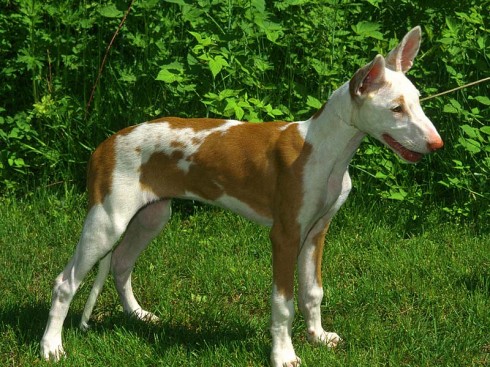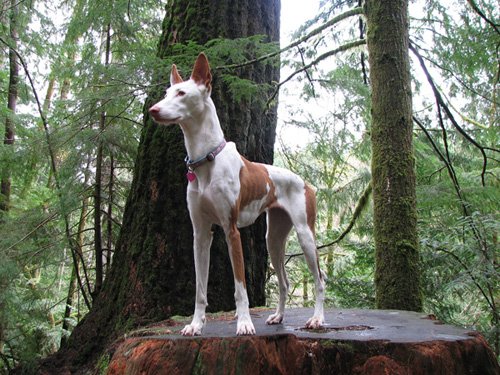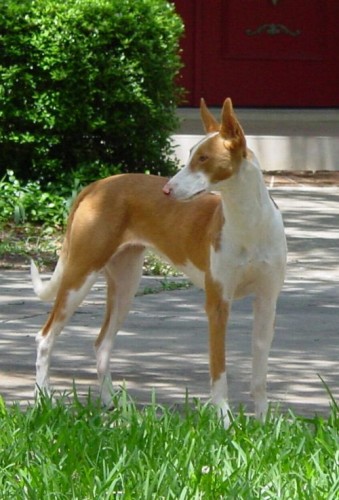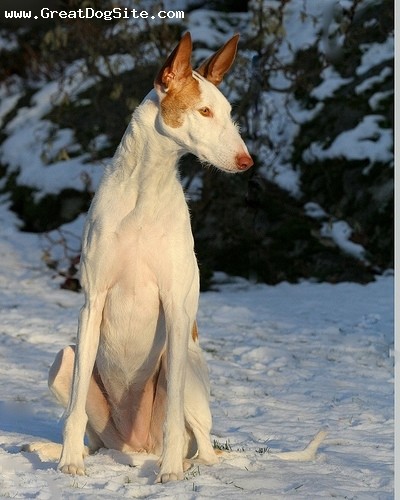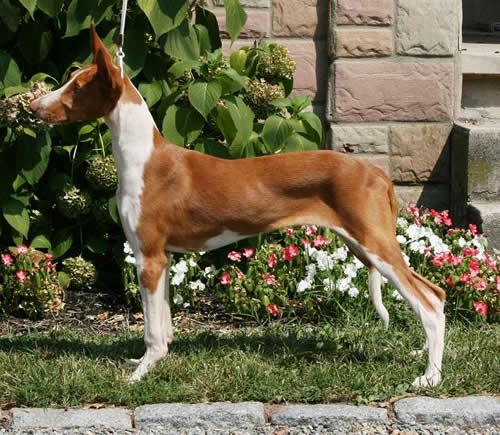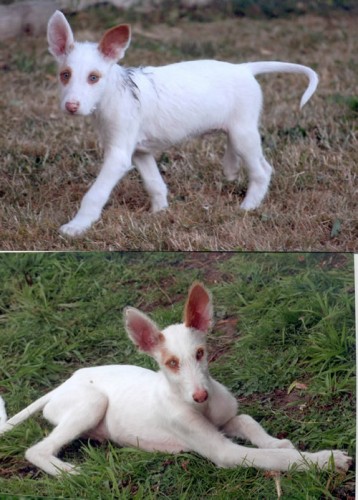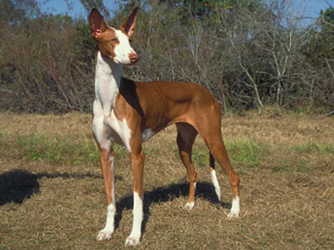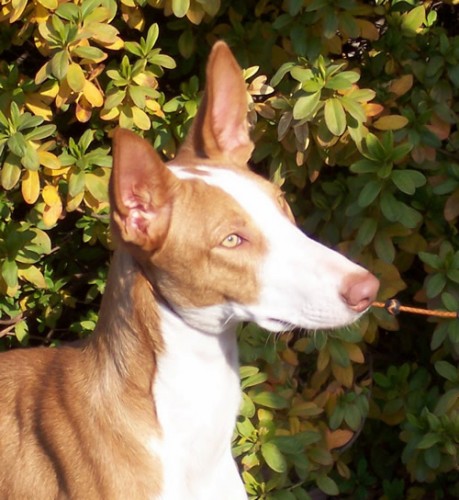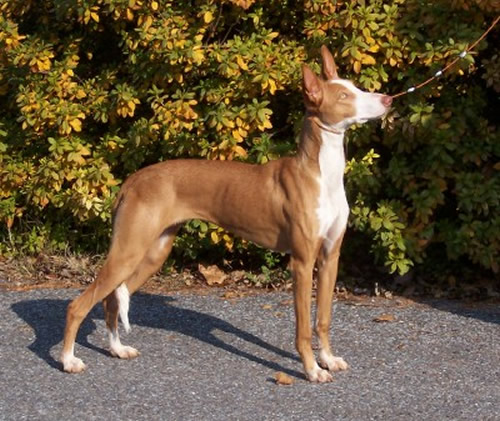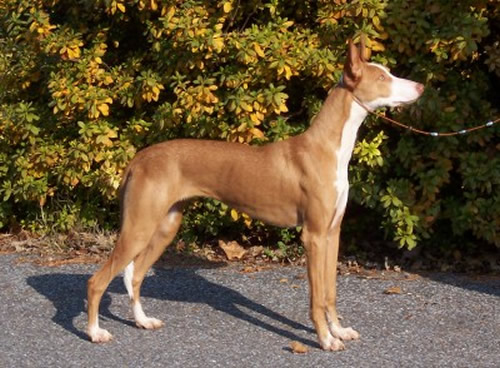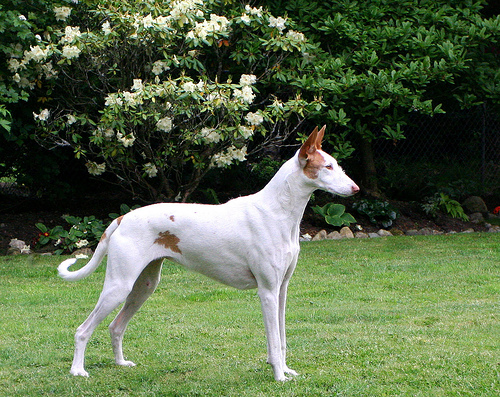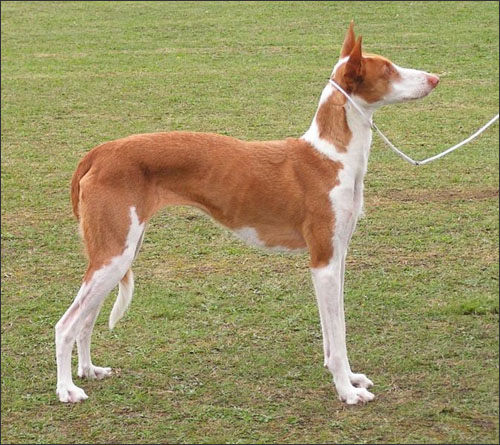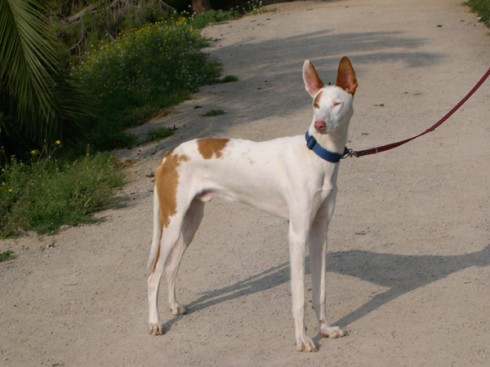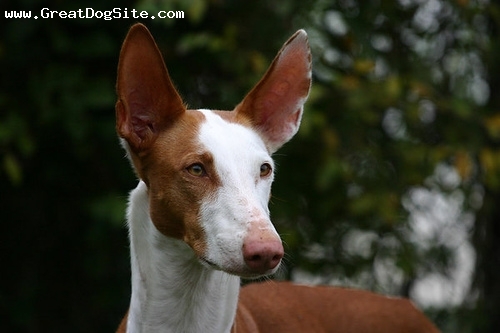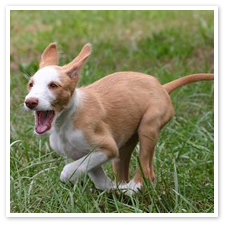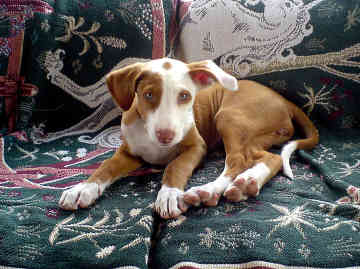Main Index
In Store
Our Web Store
Miniature Schnauzer Picture Gallery
Latest Dog Blogs
- What Are The Basic Commands To Train A Dog?
- PaySafe As The Most Popular Type Of Deposit
- Everything You Need To Know About Pet Sales
- Dogs Contribute To Our Physical And Mental Well Being
- How To Choose Where To Bet On Greyhounds In 2022
- Volunteer With Animals - How To Help Dogs Around The World
- Basic Understanding Of The House Edge
- Why You Should Get A Dog
- Top 20 Popular Dog Names Around The World
- Constipation in Dogs and How to Find Solutions
Ibizan Hound
Ibizan Hound Clubs/Associations
The Full Ibizan Hound Description
Ibizans are strong and healthy dogs. They are fast, and they can jump fences from a standing position. They are adaptable and affectionate family pets. Their coats are red, white, or some red-and-white combination. Ibizan hounds can have longer wiry coats and bushy moustaches.
Did you know?
Phoenician sailors are said to have brought these dogs to the island of Ibiza in the eighth century. Hannibal, himself an Ibizan, took some of these dogs with him on his famous trip across the Alps.
Ibizan Hound history is traceable back to approximately 3400 B.C.
So you want to own an Ibizan Hound?
Ibizan Hounds are very neat dogs who clean themselves much like cats.
Ibizan Hounds require a great deal of exercise and should only be allowed off leash in a fenced in area. They are very agile dogs, able to jump great heights from a standstill. It is recommended that Ibizan Hound owners have fences at least 6' in height.
The Ibizan Hound is even-tempered, affectionate, loyal, and friendly, and makes an excellent family pet.
Indicative Breed Standard
General Appearance
Tall, narrow, finely built, large erect ears.
Characteristics
Agile, tireless, controlled hunter. Retrieves to hand, has ability to jump great heights without take-off run.
Temperament
Reserved with strangers, not nervous or aggressive. Dignified, intelligent and independent.
Head and Skull
Fine, long, flat skull with prominent occipital bone. Stop not well defined, slightly convex muzzle, length of which from eyes to tip of nose equals length from eyes to occiput. Nose flesh coloured, should protrude beyond teeth, jaws very strong and lean.
Eyes
Clear amber, expressive. Almond-shaped; not prominent, large or round.
Ears
Large, thin, stiff, highly mobile, erect when dog is alert, in a continuous line with arch of neck when viewed in profile; base set on level with eyes. Drop ears unacceptable.
Mouth
Perfectly even white teeth; scissor bite, i.e. upper teeth closely overlapping lower teeth and set square to the jaws. Thin lips with no dewlap.
Neck
Very lean, long, muscular and slightly arched.
Forequarters
Rather steep, short shoulder blades, long straight legs, erect pasterns of good length.
Body
Level back sloping slightly from the pin bones to rump. Long, flat ribcage. Short coupled with well tucked-up waist, breast bone very prominent. Depth measured between bottom of ribcage and elbow 7-8 cms (21/2-3 ins).
Hindquarters
Long, strong, straight and lean, no great angulation, long second thigh, turning neither in nor out.
Feet
Well arched toes, thick pads, light coloured claws. Front feet may turn slightly outwards. Dewclaws should not be removed in front. No hind dewclaws.
Tail
Long, thin, low set, reaching well below the hock; when passed between legs and round flank reaches spine; may be carried high when excited, but not
curled within itself or low over back.
Gait/Movement
A suspended trot, which is a long far-reaching stride, with a slight hover before placing foot to ground.
Coat
Smooth or rough always hard, close, dense. Longer under tail and at back of legs. Hunting scars should not be penalised.
Colour
White, chestnut or lion solid colour, or any combination of these.
Size
In country of origin varies between 56 and 74 cms (22-29 ins), but balance is overriding factor.
About Our Article Directory
- Article
- 27 November 2010
- 2 comments
Canis lupus familiaris
- Breed Article
- 29 May 2010
- No comments
Quick Search
Donate
Latest Dog Pods
- Tips on How to Stop Your Dog from Biting
- Beware - Not All Advertised Dog Rescues Really Are! How Can You Know The Truth?
- Helpful Tips For Dog Obedience Problems
- How to Keep Dogs From Eating Poop
- Dog Grooming Tips - A General Overview of the Very Basics of Dog Grooming
- Recognising Different Types of Dog Obedience Problems
- 5 Important Tips On Feeding A Puppy


